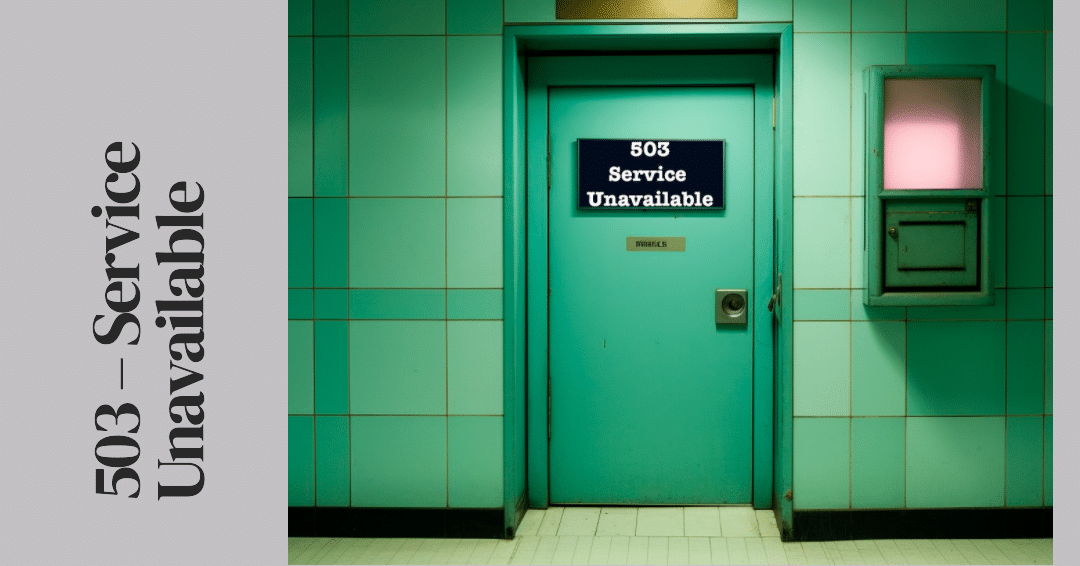To understand what a 503 Service Unavailable error is, we must first understand HTTP status codes. HTTP, the Hypertext Transfer Protocol, is the foundation of any data exchange on the Web. HTTP status codes are standard response codes given by website servers on the internet. These codes indicate the status of web requests made over the HTTP protocol.
In the realm of HTTP status codes, 503 – Service Unavailable is a server-side error. It signifies that the server is temporarily unable to handle the request, often due to being overloaded or undergoing maintenance. A 503 error might be seen in any number of ways because each website is allowed to customize the message.
The 503 – Service Unavailable error primarily occurs when:
- Server Overload: The server may be experiencing higher than usual traffic and is unable to cater to all incoming requests.
- Server Maintenance: The server might be down for maintenance. It can’t respond to requests during this period.
- Faulty Scripting: Scripts or software on the server might have programming errors that lead to a 503 error.
Here are some ways to troubleshoot and fix a 503 error:
- Refresh the page: A simple refresh can often solve the issue if it’s temporary.
- Restart your devices and networking equipment: Restart your computer, router, and modem to eliminate any potential glitches causing the error.
- Contact the Website: Reach out to the website’s administrator or support team to ensure they are aware of the issue.
Avoiding a 503 error on your server involves several best practices:
- Regular Maintenance: Carry out regular server maintenance to ensure smooth functioning.
- Traffic Management: Implement load balancing measures to prevent server overloads.
- Code Review: Regularly review and test the scripts running on your server to detect and correct errors promptly.
| Prevention Measure | Description |
|---|---|
| Regular Maintenance | Ensuring the server is updated and glitches are fixed in a timely manner |
| Traffic Management | Using load balancers to distribute traffic and prevent server overload |
| Code Review | Constant monitoring and reviewing of server-side scripts to avoid faulty code causing 503 errors |
External link:
For more information on the 503 – Service Unavailable error and other HTTP status codes, check the following resources:
- Mozilla Developer Network’s HTTP Status Codes
- Microsoft’s Troubleshooting HTTP 503 errors
- Google Developers HTTP Status Codes
- W3C’s HTTP1.1 Status Code Definitions






